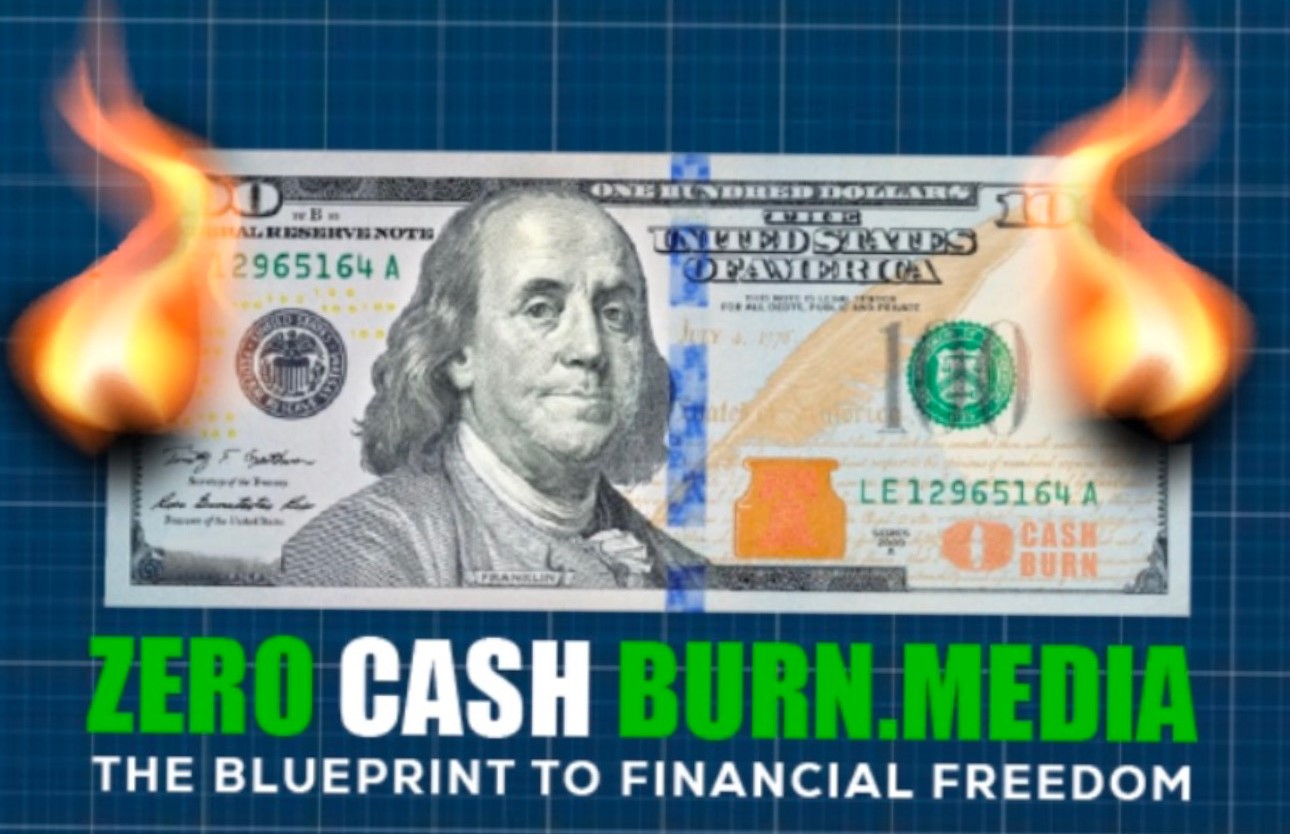A tariff is a duty (tax) imposed by the government of a country or customs territory, or by a supranational union, on imports (or, exceptionally, exports) of goods.
Tariffs
| Advantages | Disadvantages |
|---|---|
| More money for the government | Imported goods and services become more expensive |
| Businesses in the home country have a better chance of competing | May cause other countries to impose tariffs in response, affecting exporters |
Tariffs act as trade barriers primarily by increasing the price of imported goods, making them less competitive with domestically produced goods and discouraging imports.
When do Trump’s tariffs go into effect?
The baseline 10% tariff is set to go into effect on April 5 at 12:01 a.m. E.T.
Higher rates for specific countries will come into force on April 9 at 12:01 a.m. E.T.
Why is Trump putting tariffs on other countries?
In his executive order, Trump said the tariffs are necessary to correct trade imbalances and protect national security.
He argued that large trade deficits have eroded the US manufacturing industry and left supply chains vulnerable to foreign influence, which he views as detrimental to the country’s economic and strategic interests.
“This situation is evidenced by disparate tariff rates and non-tariff barriers that make it harder for US manufacturers to sell their products in foreign markets,” Trump said.
Discover more from Zero Cash Burn TV
Subscribe to get the latest posts sent to your email.



